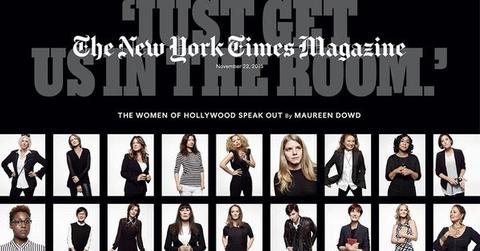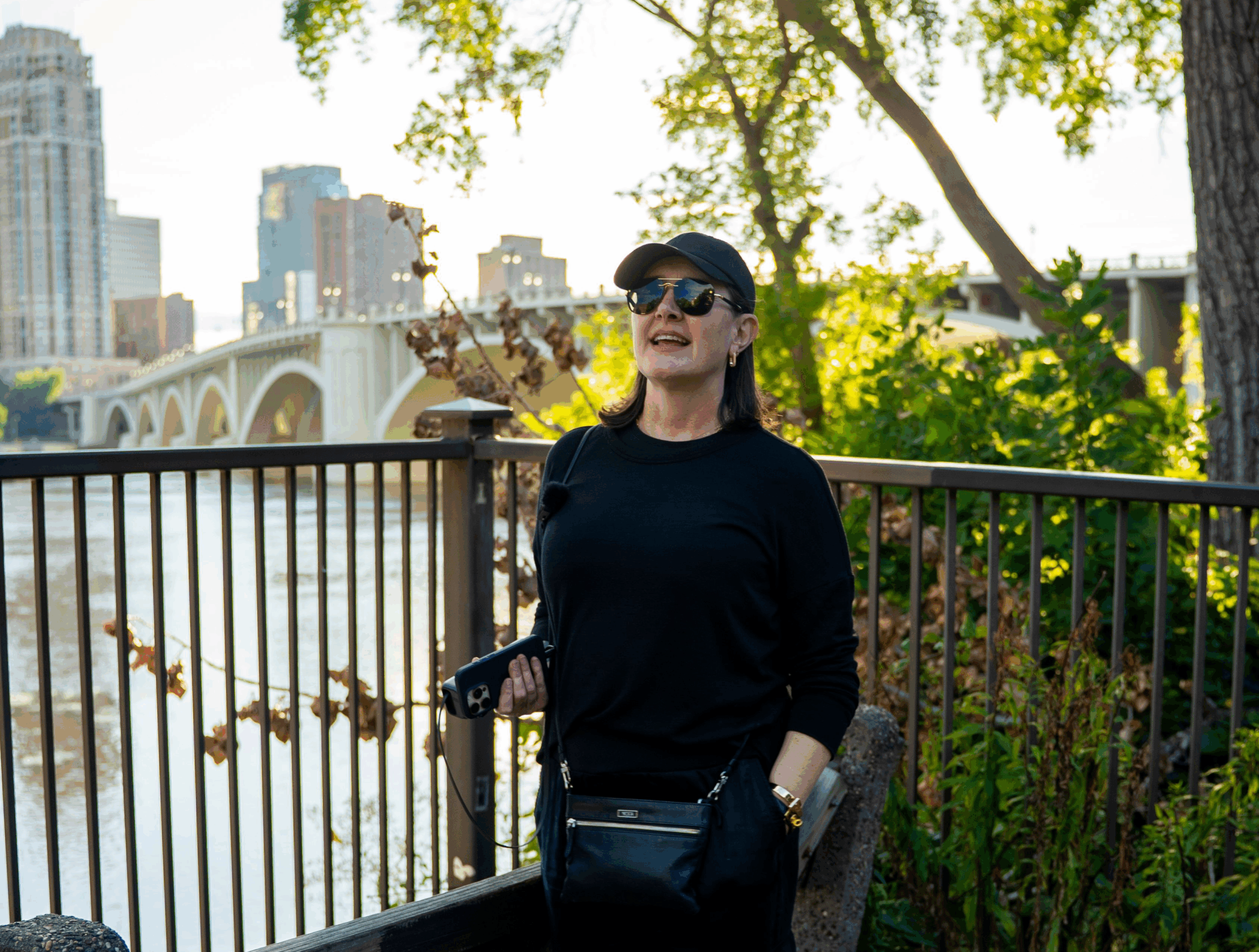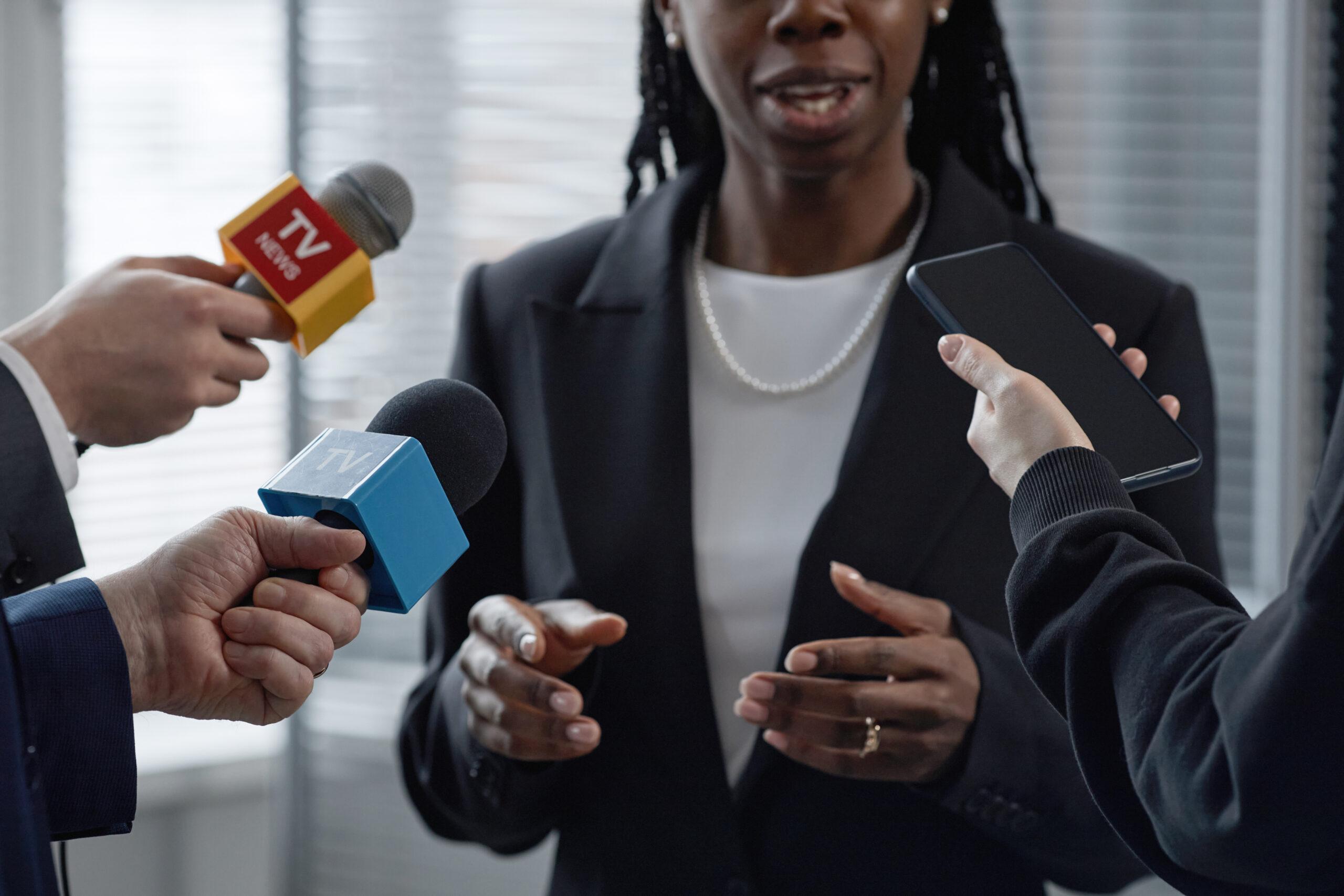Why Women In Hollywood Are Speaking Out
If someone asked me who my favorite female director or screenwriter was, I frankly wouldn’t have an answer.
The only idea of a choice to pop into my mind is Ava DuVernay, the director behind last year’s Selma. Likewise, even within television and films themselves, I’d easily think of male actors before female actresses every time. And while it’s easy to stay configured around the continuous argument about women in Hollywood, facing unrealistic standards of beauty and so on, this is not nearly the problem. The real problem, is that there are not even enough women in Hollywood’s main seats to face these problems. This challenge cannot be debated, argued, or lamented based off one’s ideas of sexism and racism in Hollywood – the epidemic is evident in the numbers.
The numbers are so scarce, they’re almost unbelieveable. In 2013 and 2014 only 1.9 percent of 100 of the top-grossing movies were directed by women and between 2007 and 2014 out of 30,835 parts just 30.2 percent of all speaking roles were acted by women. These gross statistics were highlighted in Maureen Dowd’s cover story for The New York Times Magazine, The Women of Hollywood Speak Out – “Waiting For The Green Light.”
The story includes piles of data, stories, and experiences retrieved from over 100 women and men in Hollywood who speak about their roles, and lack thereof for women, especially in the director’s seat. Yet even more essential to the article is how it outlines and describes the pipeline of privilege for men in Hollywood and the converse for women. Both oppression and privilege exist in these pipelines, expediting future paths whether to more opportunities for success or less chances to make it big.
A photo posted by The New York Times Magazine (@nytmag) on Nov 20, 2015 at 4:08am PST
It is the network of white men with baseball caps directing movies that parallels the same to other networks of white men continuing to run and hire those who “remind them of themselves” (other white men), creating a closed, private network of power we’ve seen in many businesses. With such power, woman after woman recounted incidents where they have been pushed aside with little or no chance to ever gain the experience to be considered director for blockbuster films – let alone action packed movies such as “Star Wars” or “Jurassic World.” The accusations are old, tiring, and offensively blatant, but yet here we still are in 2015 with little or no acknowledgement from the higher ups in Hollywood admitting there is a problem.
As other isms are successfully built to work, acts of sexism in Hollywood are backed by a countless string of excuses and unrealistic fears that women are too emotional, do not understand a male audience, or cannot possibly have children and direct a leading film.
What I found most interesting from Dowd’s story is that film was not always in such a state. In earlier Hollywood times although not necessarily the most conventional, female filmmakers were present and alive. Women such as Alice Guy Blaché, Lois Weber, and Dorothy Arzner all won their start by working up the ranks, in turn gaining opportunities from other men. It was during this time many women experienced a completely different reality as Arzner said, “No one gave me trouble because I was a woman. Men were more helpful than women.” It was not until the summer of 1975 when movies such as Jaws were released did America become fascinated with the Hollywood blockbuster and the film industry saw how many millions of dollars could be made from a single film. “Hollywood got hooked on the cohort of 15-year-old boys,” Dowd writes. “It has never wavered in this obsession, even though girls and women buy half the movie tickets and watch more TV series.” From there on the exclusion of women directors began to only rise to where current numbers stand today.
A photo posted by The New York Times Magazine (@nytmag) on Nov 20, 2015 at 8:10am PST
The problem is not a Hollywood problem, but an even larger one which essentially reflects the progress both of women and the inability for men in Hollywood to truly take sexism seriously – to recount that sexism in Hollywood moves beyond standards of beauty and quality of roles, but in how it lives locked behind a power structure which refuses to be disturbed.
What’s more is that the solution and strategy is not necessarily clear. As seen towards the end of Maureen Dowd’s interview with CBS This Morning, Charlie Rose asks, “What does it take to change all of this?” Dowd responds, “Well there’s a Federal investigation under way but I’m not sure what that can do because it’s very ephemeral; it’s a curtain of sexism, but it will be very hard to prove because it all happens behind closed doors.” However, if women and actresses speak up as she goes on, and create stronger, more unified demands (such as Natalie Portman) – this is how we will create change.






